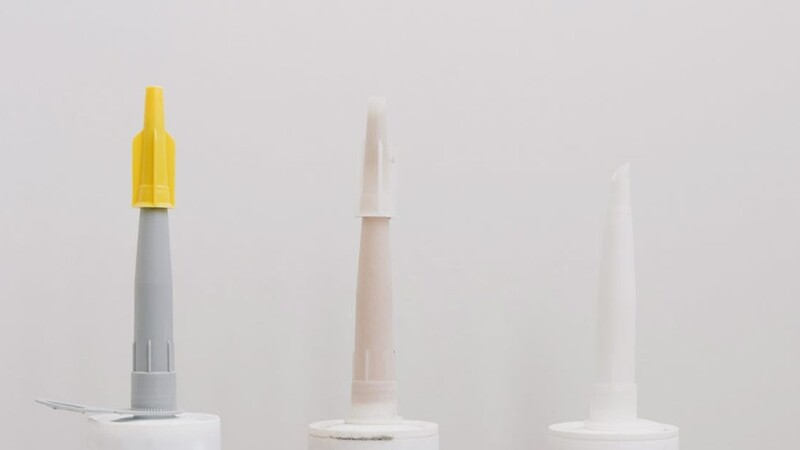A significant shift towards silicone product usage in construction processes has occurred in recent years. Silicone coatings, adhesives, and sealants are increasingly a dominant force in today’s construction processes, ranging from high-rises to everyday houses. It’s a very versatile product that has some qualities to address most of the problems builders and contractors encounter day after day.
The Distinct Features That Define Silicone
Its molecular structure possesses three unique positives when one considers other building materials. Its polymers deliver final elasticity, in so much that it will compress and will stretch, but will neither lose strength, nor decompose, when buildings are settling, or when there’s thermal growth.
Its naturally long lifespan comes about because it’s made of silicon-oxygen bonds, which are more stable than organic matter’s carbon-carbon bonds. It’s due to this structure that silicone will retain its qualities for decades despite adverse weathering conditions.
Weather resistance comes in as silicone’s next most significant property. As compared to most other building materials (which are ruined once they are exposed to moisture, ultraviolet, or temperature fluctuations) silicone actually improves under adverse conditions. It’s that resistance that makes it most ideal for exterior work where long-term protection matters most.
Better Weather Protection for Long-term Performance
Weather resistance is silicone’s strongest, undisputed advantage when applying it for construction purposes. All other traditional sealants will deteriorate when moisture comes into contact, time and time again, water seepage and cracking will result. Silicone will establish a waterproof moisture barrier, which will remain strong after years of rain, snow, and moisture contact.
UV light also presents a vast threat to building materials. Adhesives and sealants will break down once they are exposed to the sun, becoming hard and cracked after several months. Silicone’s molecular structure naturally resists breakdown, inhibiting deterioration and remaining flexible even when exposed to direct solar light.
Expansion and contraction cycles occurring due to temperature changes possess a likelihood of destroying hard materials. Silicone takes in thermal movement, neither cracking nor loosening adhesion, due to which it comes into universal application where temperature changes are regular.
Never-Before Seen Longevity Lowers Maintenance Expenses
Long-term lifespan of silicone directly equates to cost savings for construction work sites. Though initial investments in some instances are greater than they are for alternatives, long-term durability of silicone reduces maintenance costs.
The average exterior service life of silicone sealants will fall within 20 to 30 years, whereas other traditional systems are offered for just 5 to 10 years. Such long life expectancy will entail lesser replacement cycles, lesser cost for labour, and minimal disruption of building operations.
Its chemical degradation resistance also helps in sustaining its long lifespan. It will never decompose when exposed to cleaners, contaminants, and other elements that will decompose other materials. Such chemical resistance guarantees continued product functionality throughout its entire lifespan.
Flexibility That Avoids Expensive Flops
Shrinkage movement looms when buildings are settling or expanding, or when temperature fluctuations are occurring. Hard sealants will cure and develop cracks under such forces, which result in water entry and resultant deterioration. Silicone from the likes of Bricon Industries, by its elasticity, will flex and compress with a moving structure but, regardless, maintain a complete seal.
Such accommodation also applies in curtain wall systems, where there exist differential movement rates of various materials. Silicone structure glazing systems afford such differential movement accommodation, maintaining firm hold of building envelope integrity.
Seal joints also utilise silicone pliability. Perimeter, movement, and expansion joints all have movement throughout their lifespan. Stretching and compressing characteristics of silicone guarantee that those needed but poorly constructed seals perform efficiently throughout their lifespan.
Its toughness, pliability, and weather resistance all work together to neutralise most failure modes in architectural applications. These qualities have made it a first-choice product for high-performance, long-life systems in severe situations.
